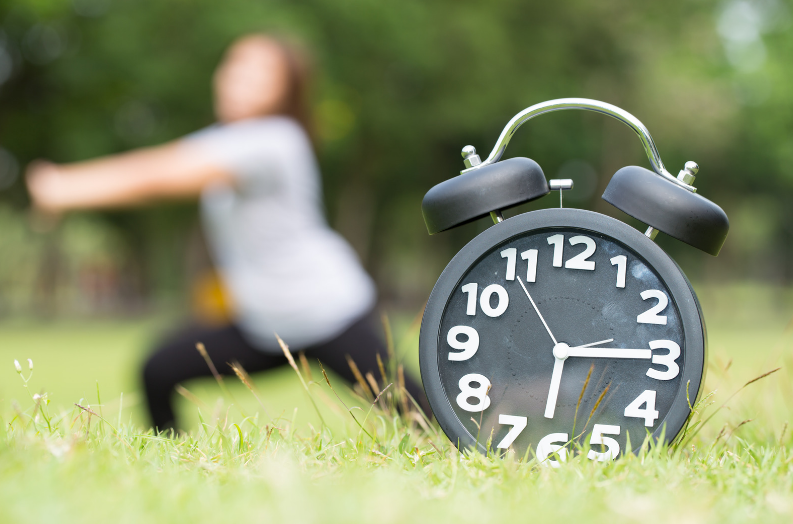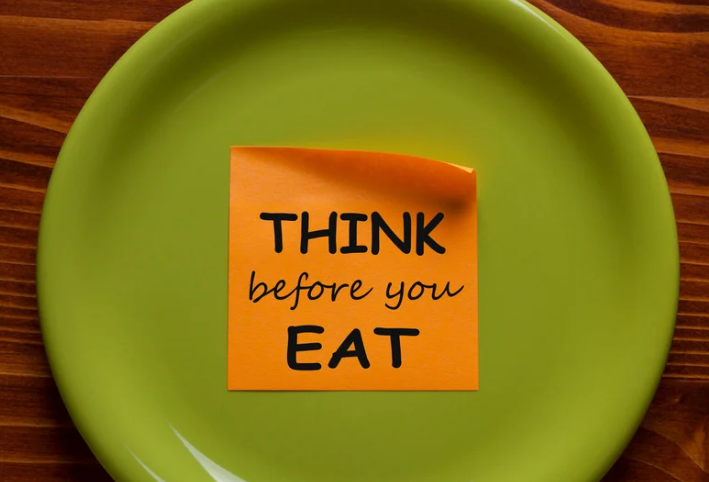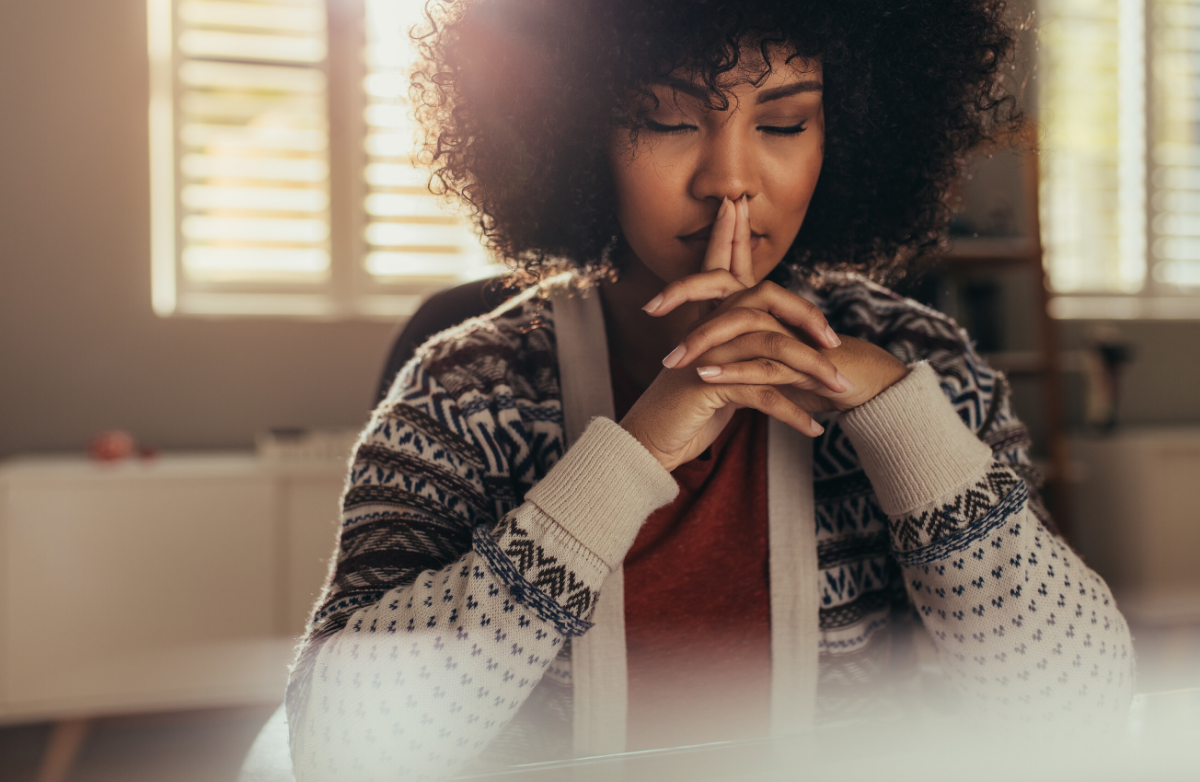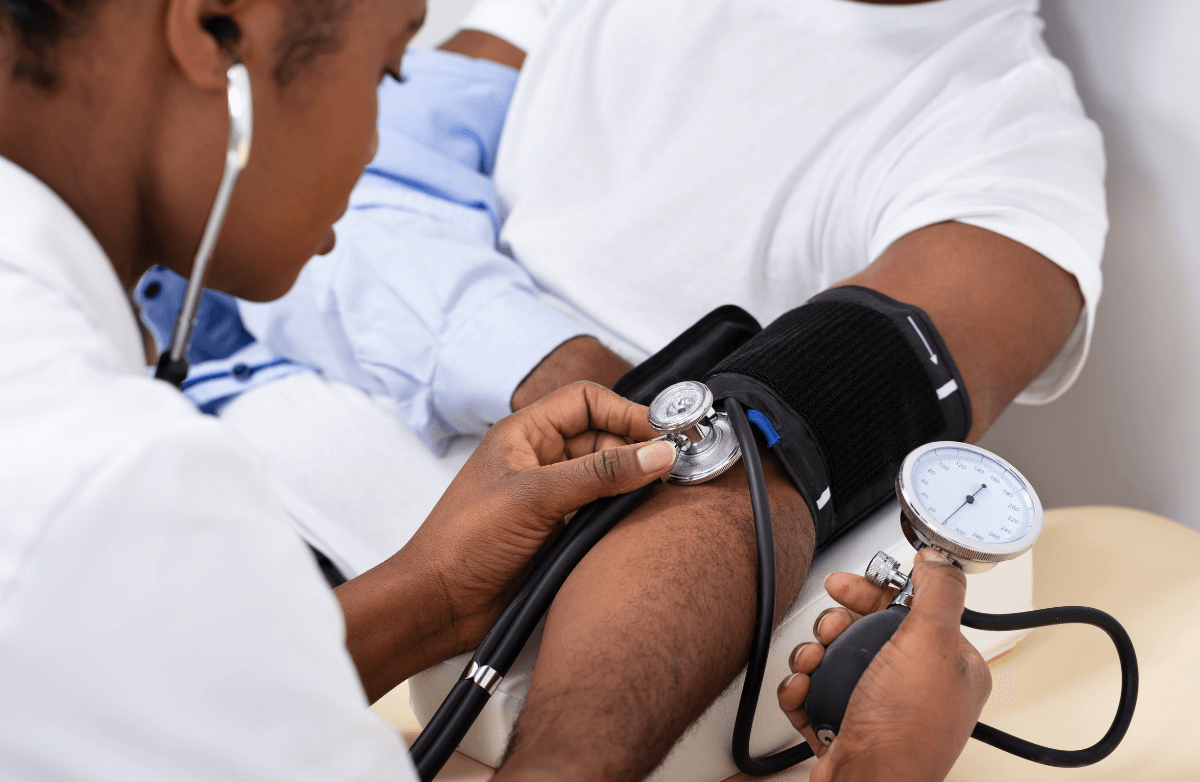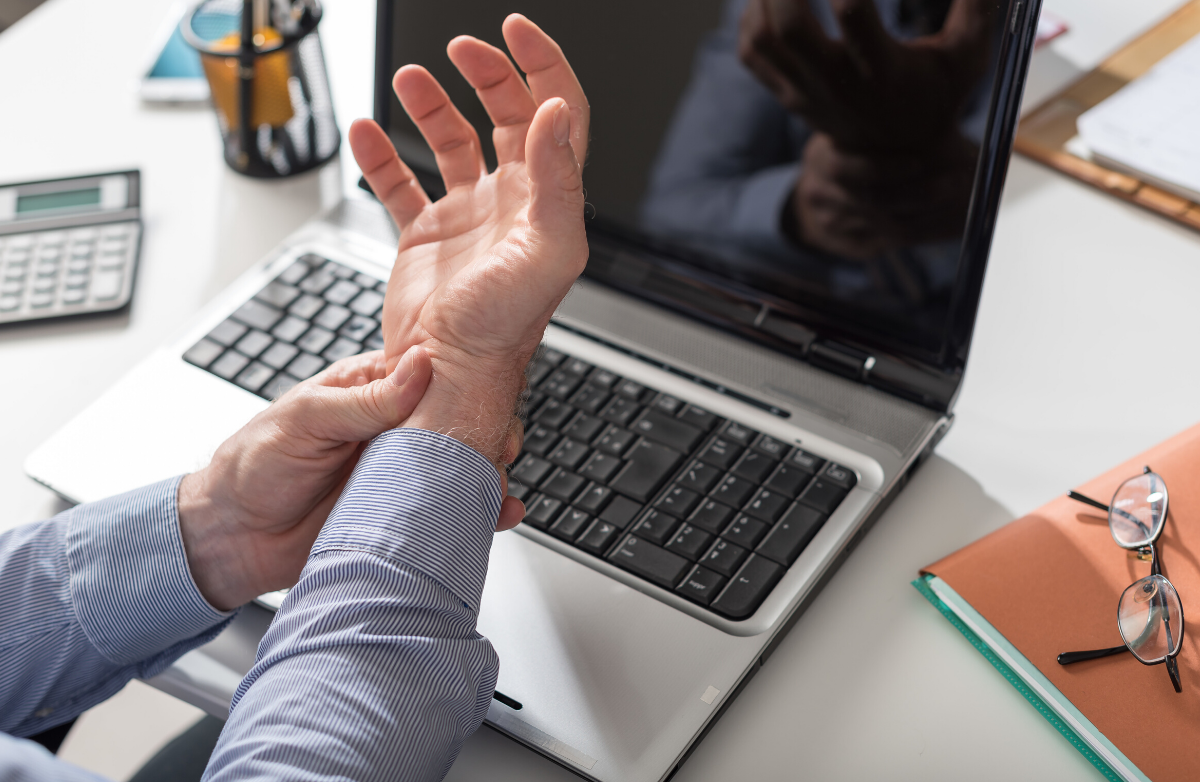It's a question most of us have pondered while waiting impatiently in line. You're sick, bring your prescription to your local pharmacy and they tell you it will be 30 minutes. Thirty minutes to put 10 pills in a bottle? How? Why?
As it turns out, there is a lot going on at your pharmacy that contributes to long wait time. Every prescription goes through a three-part process before it's prepared for the patient: scan in, type up a label and bill to insurance. If there are any problems reading the prescription, a phone call must be made to the prescriber. Any problems with the insurance billing–the insurance being down, the medication not being covered, the insurance believing it's too early to fill the medication–there are more phone calls to the insurance, often with long wait times.
Once everything has been entered and confirmed, a prescription label is generated, staff will find the right medication on the shelf, count your pills and your medicine will be ready. If there is not enough medication or if a different brand is the only available option in stock, the pharmacy team must re-type, re-bill and try again. Occasionally, they must also wait for their order to come in if your medication is not in stock.
Next, it goes to the pharmacist who will do a complete review of your profile, making sure there are no interactions with other prescribed medications and no allergies. If, for any reason, they believe the drug or dose is not safe for you, the pharmacist must call the prescriber. They will also inspect the prescription to make sure you are getting the right medication.
Lastly, it will be packaged up with the accompanying drug information papers. It can then be sold to you at the register.
Along with the process for each prescription, what you don’t see is everything else that is happening in the pharmacy behind the counter, such as shipments arriving, other patients waiting in the store or drive-thru, and prescriptions being called in, faxed or electronically prescribed. The pharmacist is the only one that can give medical advice and is often called away to answer questions in the aisles or on the phone. There may also be appointments for pharmacists to give vaccines or do testing for illnesses such as COVID.
Usually a pharmacy will try their best to get you in and out of there quickly, especially if you are not feeling well or if your request is simple, like one antibiotic prescription. If your wait time is longer than usual, be aware that staff could be dealing with something behind the scenes. A good tip is to drop off the prescription first, run any other errands you need to do if you're feeling well, and then return to pick up later.
What Can You Do To Reduce Wait Times at the Pharmacy?
- Call in your refills five business days before you need them.
- Enroll in your pharmacy's text messaging or email service to be alerted when your prescription is ready.
- Limit multiple trips to the pharmacy by picking up all your medications at the same time each month. Ask your pharmacist if there is something they can do to put all your medications and your family members' medications on the same pick-up schedule, such as a med sync program.
- Call ahead to schedule a vaccine or ask about the best time to come in.
- Go during non-peak hours.
- If you get your medications from a mail-in pharmacy, request refills even earlier to account for shipment delays that are outside of the pharmacy’s control.




